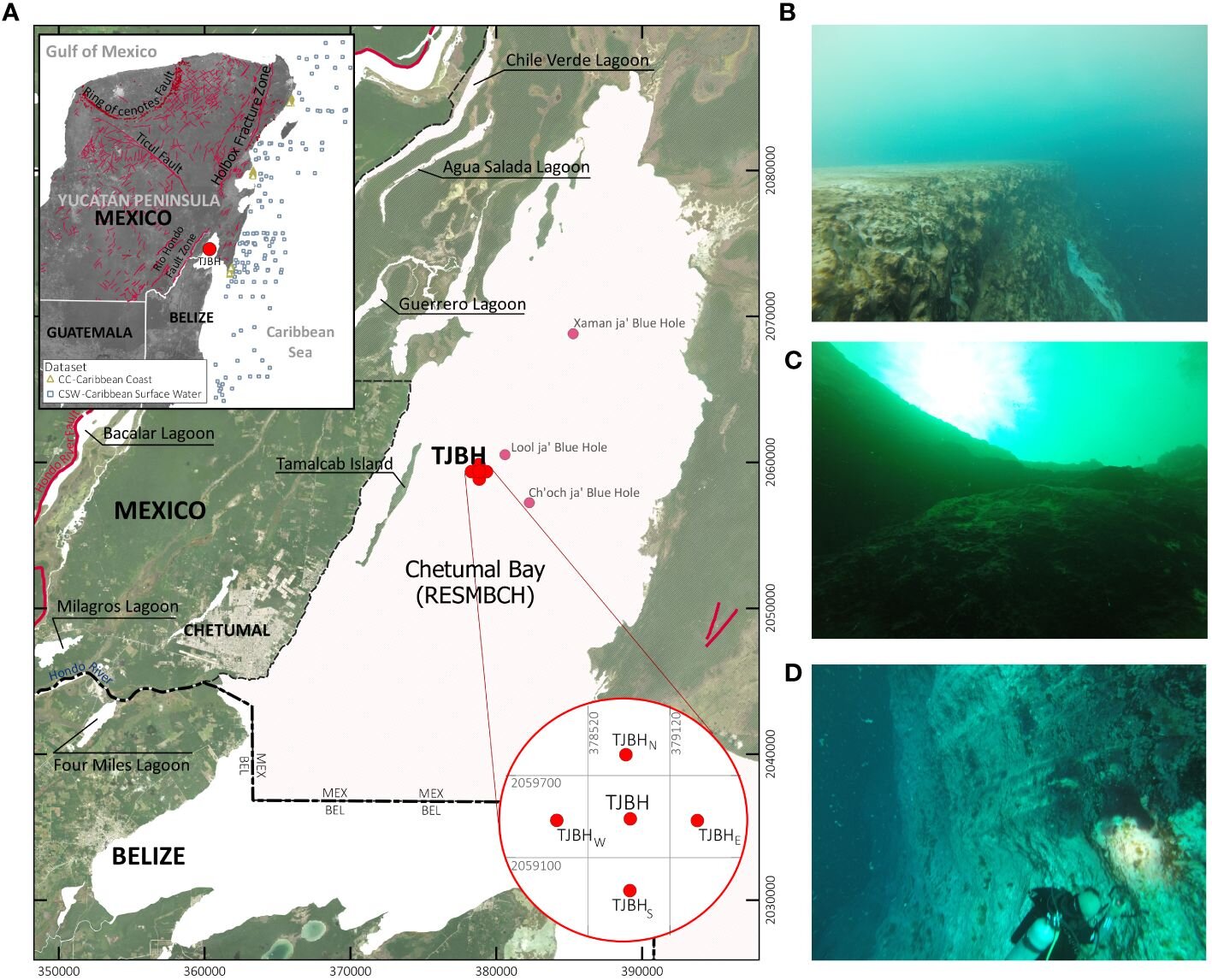MI weekly selection #558

High level of invisible auroras on Mars due to solar cycle
The sun’s solar maximum, which happens once in its approximately 11-year cycle, has caused unprecedented global auroras on Mars, according to data from NASA. The proton auroras on Mars aren’t visible to the naked eye, but NASA’s Mars Atmosphere and Volatile Evolution spacecraft have detected them at the highest levels in the past decade.
Full Story: Live Science
Orangutan applies medicinal plant sap to facial wound
A wild Sumatran orangutan was seen chewing leaves from a Fibraurea tinctoria plant and applying the juice to an open facial wound, then he smeared the wound with the leaves. The plant, a type of liana vine, is known to have anti-inflammatory, antimicrobial and pain-relieving properties, and the wound closed within five days.
Full Story: The Associated Press
Magnets, deuterium allows for longer stabilization of fusion reactions
Scientists discovered a way to deal with two major roadblocks with fusion reactions to generate electricity. By raising the density of plasma in a tokamak chamber and using magnets and bursts of deuterium, the reaction was able to remain stable for long enough to prove that such a reaction is possible.
Full Story: PhysOrg
Tectonic plates aren’t the only things shaping Earth
The Earth’s mantle layer plays a part in creating the planet’s shape in addition to tectonic plates. Researchers created databases logging crust thicknesses and seismic velocity, and discovered that temperatures and chemical differences could cause bulges and basins of up to two kilometers.
Full Story: Eos
Underwater sinkhole in Mexico may be world’s deepest
Mexico’s Taam Ja’ Blue Hole, a water-filled cavern under the sea floor, is more than 420 meters deep, making it the deepest blue hole in the world. Oceanographers note that the true depth remains unknown because their sensor tools couldn’t go deeper. Temperature and salinity measurements suggest the hole in Chetumal Bay is connected under the seabed to the nearby Caribbean Sea.
Full Story: PhysOrg